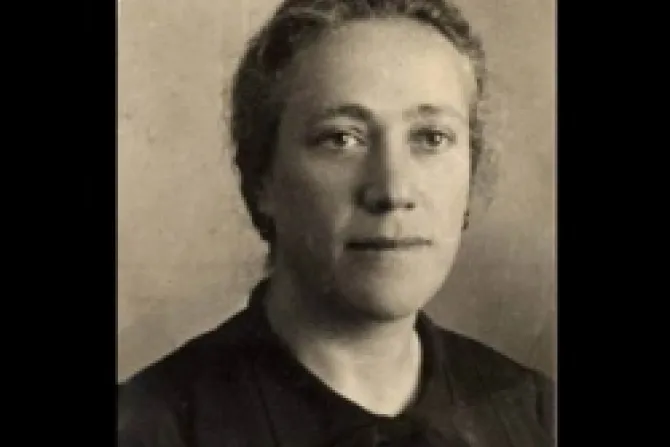Vatican City, Feb 16, 2013 / 16:04 pm
A Spanish laywoman born over a hundred years ago could be made saint after the results of an investigation to have her beatified were submitted Feb. 15 at the Vatican.
"She was important because she was a woman, a lay woman and a pioneer of consecrated laity," who anticipated "the Second Vatican Council's universal call for sainthood," said Pina Milana, director of Instituto Secular Operarias Parroquiales Magdalena Aulina.
Cardinal Lluís Martínez Sistach of Barcelona closed the diocesan process for the canonization of Magdalena Aulina on Feb. 9.
On Feb. 15, the documents from the diocesan phase were submitted to the Congregation for the Causes of Saints at the Vatican.
Milana explained to CNA that this means her canonization process is now entering a second phase, known as "the Roman phase," which will involve her life and heroic virtues being studied in greater depth.
The investigation process for her beatification initially began over six years ago on Nov. 3, 2006.
"We completely trust God and in the wisdom of the Holy Church that Magdalena Aulina will be presented as a model of daily holiness for the diocesan and universal Church," Milana stated.
"The strength of prayer of the whole Institute and of the Aulina family will be our support and hope in this new phase," she said.
Magdalena Aulina Saurina was born in 1897 in Bañolas, a Catalan town in northern Spain, to a wool and coal merchant and a woman of deep religious beliefs.
At the age of 15 she read the biography of Saint Gemma Galgani, known for her imitation of the passion of Christ and for receiving his wounds, and was inspired to follow her lifestyle.
"She was determined and clairvoyant woman of faith and hope with a boundless love for Christ, his Church and the human person, regardless of their social class or religious idea," said Milana.
In 1916, Magdalena organized a month devoted to Mary with the children of Bañolas.
She felt she had a religious vocation but she also wanted to live like St. Gemma, who was a secular.
In 1921 she fell ill with problems in her heart and head, which worsened two years later. She prayed a novena to St. Gemma and was healed. Her doctors said her healing could not be explained.
Magdalena then had mystical visions of the saint that led her to promote her veneration and the building of a fountain in Bañolas dedicated to the saint, who was at the time being beatified.
She founded an association in Banyoles in 1922, which combined promoting religious life with Christian education for children. It offered a place of retreat and recreation for girls who did not attend school, as well as literacy classes and vocational training.
"Her new way of living complete consecration to God in the midst of the world, among people, to be leaven in the dough, attracted a multitude of people," said the director of the Institute promoting her canonization.
"And thanks to her faith, today her "Instituto Secular Operarias Parroquiales" is present in Spain, Italy, France, Puerto Rico, Paraguay, Equatorial Guinea and the Democratic Republic of Congo.
She moved in together with other girls who shared her mission in 1931 and went on to make vows of chastity, poverty and obedience.
Magdalena Aulina died in Barcelona on May 15, 1956.


